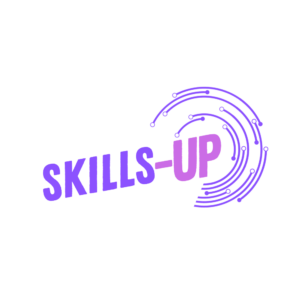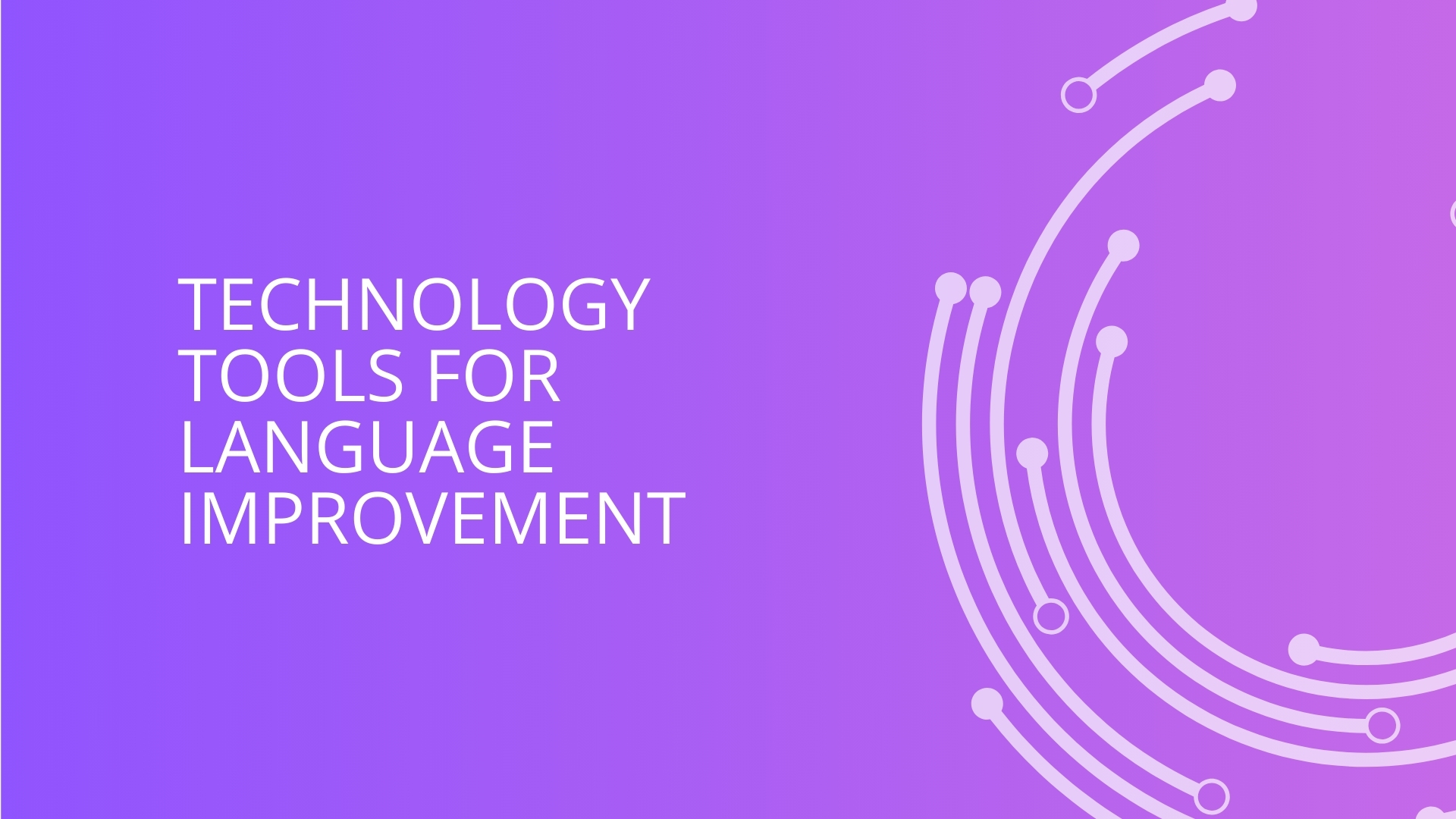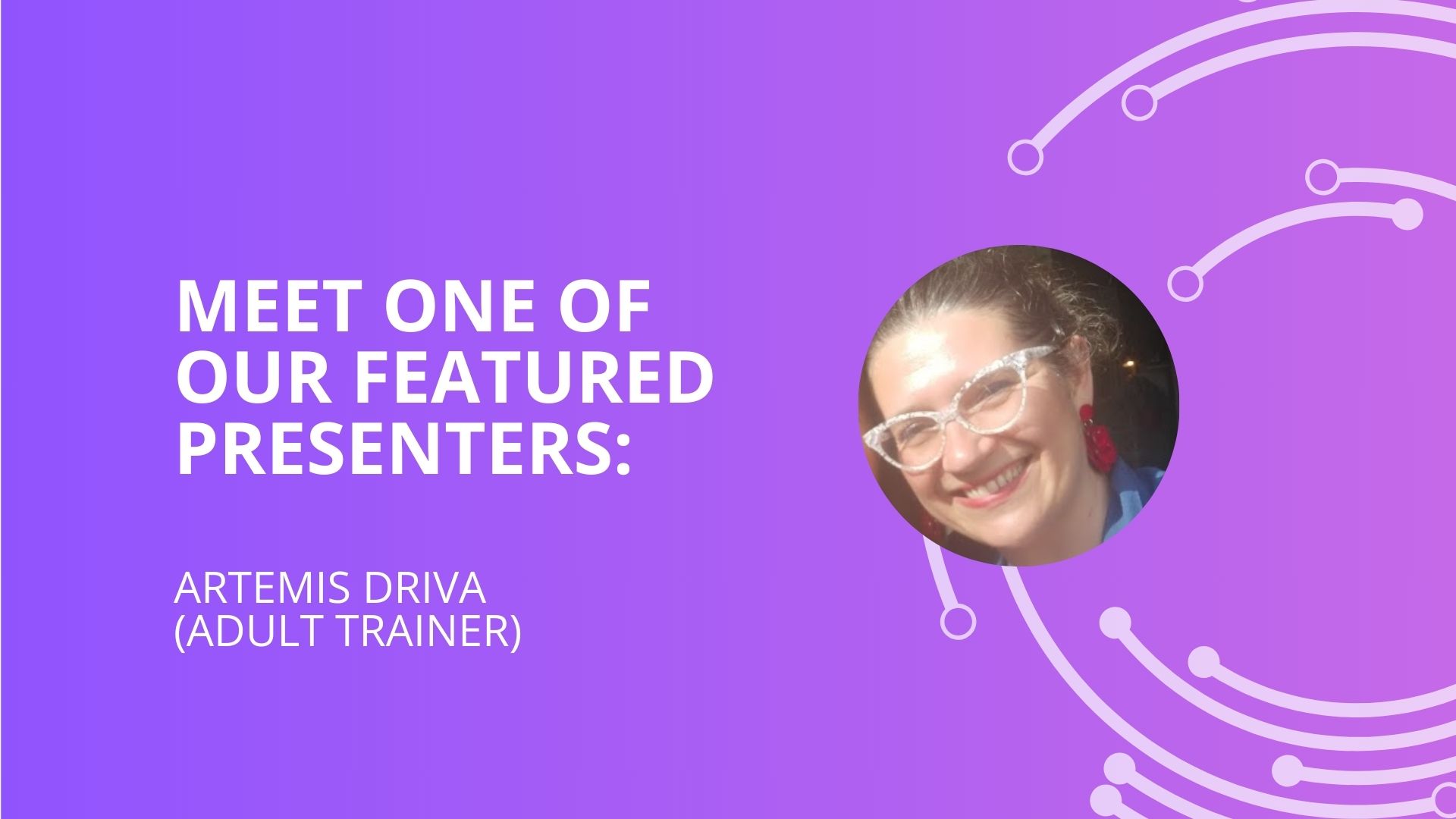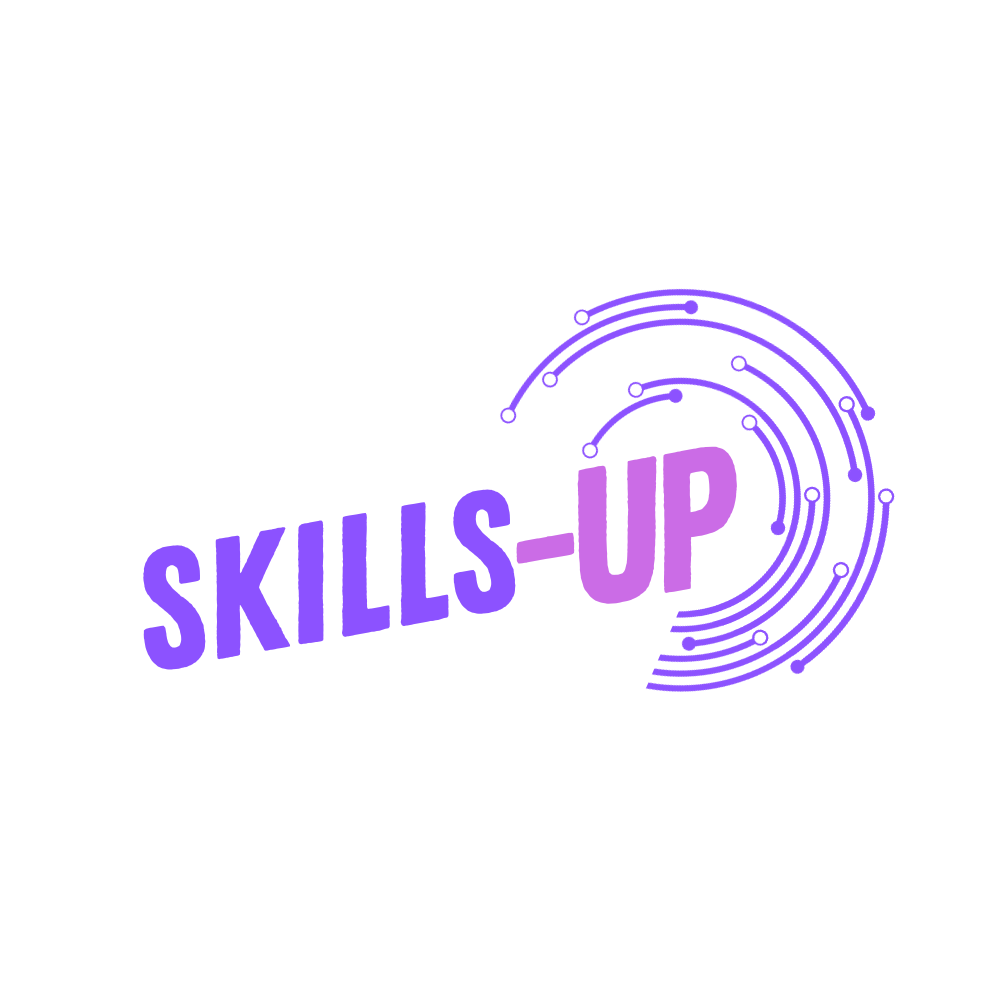L
anguages have gone through a lot of development through the years, and technology seems to be taking control of facilitating the learning process. Through mobile apps and web-based portals, an array of learning resources are now at the learner’s disposal, which helps in improving language proficiency. If you are a newbie or want to develop your linguistic competence, these technological tools furnish you with unconventional means for dealing with language learning.
Mobile apps:
Duolingo: Duolingo, one of the most famous language learning apps, incorporates a funny and game-like approach to learning with short lessons and interactive exercises. The usefulness of this app is that it’s very easy to use; hence, it is suitable for beginners.
Memrise: Memrise resorts to the spaced repetition and picture association techniques that facilitate vocabulary memorization by users. It provides the courses in different languages and helps users create their own study sets.
Rosetta Stone: The most effective method of the program is the immersive one. Rosetta Stone offers lessons designed to develop all components of language: speaking, listening, reading, and writing skills. This speech recognition technology enables users to practice their pronunciation more fluently.
Online platforms:
Babbel: The Babbel Language Learning App provides an extensive set of courses composed by linguistic experts. It is centered on natural interactions. Additionally, it gives out feedback immediately after each exercise, which is why it is useful to learners regardless of their level.
FluentU: FluentU uses actual TV trailers, music videos, and other videos to support language learning. It assists students in comprehending how native speakers phrase the language in their daily communications.
Italki: For anyone who needs personalized teaching, Italki provides connectivity to language tutors through a video chat. It gives users the option to set a specific schedule and choose their desired tutor.
Language exchange communities:
HelloTalk: HelloTalk is an application that facilitates the exchange of languages and supports connecting users to native speakers from around the globe. It offers such features as text, voice, and video messaging, which means the users can do audio and speech practice and get feedback from native speakers while being online.
Tandem: Language learners are paired with conversational partners based on language partners’ common interests and language objectives. It stimulates a harmonious learning setting where users can exchange language by means of written, spoken, and video communication.
Immersive experiences:
Language Immersion Extensions: Extension tools such as Language Immersion for Chrome and Language Learning with Netflix translate web content or subtitles into the target language, creating an immersion experience. They entice learners to learn a language to the extent of watching movies and videos.
Language Learning Games: Platforms such as Quizlet and Kahoot, which provide language learning games to make studying vocabulary and grammar more entertaining and fun. The games can be played individually or as a group, which makes them best suited for both self-study and the classroom.
Generally, technology has changed the way language is learned through various ways of providing an accessible and interactive learning environment that accommodates various kinds of learners. Whichever way, especially through mobile apps, online platforms, language exchange communities, or immersive experiences, learners today have access to resources like never before that can help improve their language skills dramatically. Through the use of such technology tools, people will surely embark on that fulfilling trip towards a state of language proficiency and cultural fluency.







